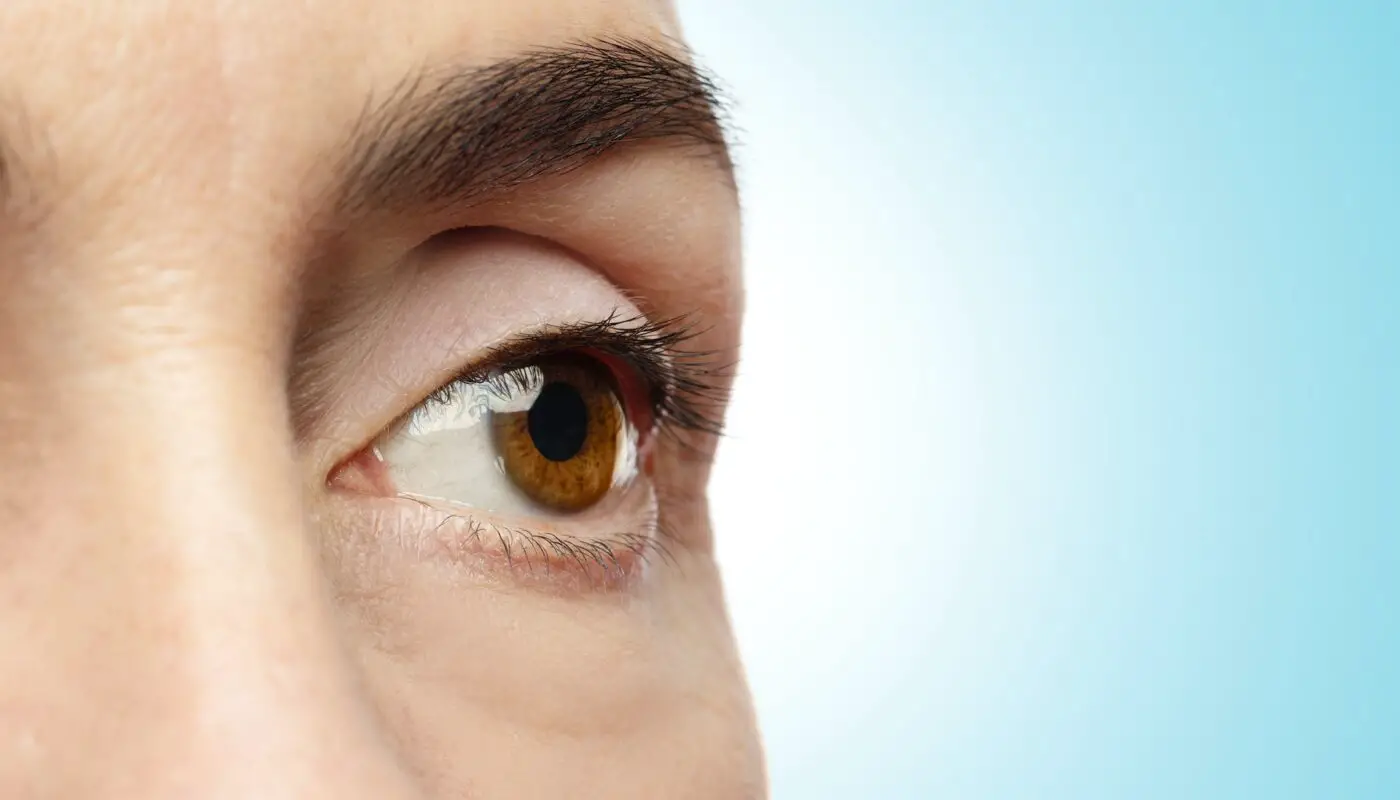Myopia is a visual impairment that affects millions of individuals worldwide. Blurred vision occurs when the eye is unable to concentrate on distant things. For years, glasses have been the standard treatment for myopia. However, contact lenses have recently become viable for myopia management and vision correction. Regarding controlling myopia management with contact lenses provide several benefits over spectacles.
They first provide a broader field of view, enabling users to see clearly off the sides. Children who participate in sports or other outside activities will significantly benefit from this since it allows them to see more naturally without the restrictions of glasses. Additionally, myopia-controlling contact lenses exist in various styles to halt myopia development.
A Closer Look at the Types of Contact Lenses for Myopia
Orthokeratology, sometimes known as ortho-k lenses, is one such style. The transparent front surface of the eye, known as the cornea, is softly reshaped by these lenses while worn overnight. Ortho-K lenses treat myopia and may halt its growth by momentarily changing the corneal shape. According to studies, kids who use ortho-k lenses have a much slower rate of myopia growth than kids who use glasses.
Soft multifocal lenses are another form of contact lens for controlling myopia. These lenses’ many power zones allow users to see well at various distances. Soft multifocal lenses may lessen the strain on the eyes caused by myopia development by offering good vision for close and distant objects. Studies have shown that children who use soft multifocal lenses exhibit shorter myopia growth than those who use conventional single-vision glasses, similar to ortho-k lenses.
The capacity of contact lenses to create peripheral defocus is one reason they successfully control myopia. Peripheral defocus, or the out-of-focus pictures in the peripheral retina has been theorized to have a part in myopia progression. Contact lenses, especially multifocal models, may control peripheral defocus, give the eye a more balanced visual environment, impact ocular development, and slow the evolution of myopia. If myopia does occur, treatment is available similarly to dry macular degeneration treatment.
What Advantages Do They Have Over Spectacles?
Compared to spectacles, contact lenses provide ease and independence. They reduce the need to adjust and clean glasses continually, and they don’t fog up or get smeared while moving about or when the weather changes. Wearers of contact lenses may live an active lifestyle without worrying about their glasses breaking or slipping off.
It is crucial to remember that a trained eye care expert should prescribe and fit contact lenses for myopia correction. Regular eye examinations are required to ensure the lenses are correctly positioned and keep the intended impact on myopia development. Adequate cleanliness and lens care are also essential To avoid eye infections or problems.
Final Thoughts About Myopia Management with Contact Lenses

Contact lenses have become a convincing substitute for spectacles in the fight against myopia. They provide a larger field of vision, multiple strategies for reversing myopia development, and control over peripheral defocus. Contact lenses offer ease, independence, and a more natural look than spectacles. To ensure appropriate fitting, frequent check-ups, and attention to cleaning and maintenance instructions, speaking with an eye care specialist is essential. If you or your kid has myopia, talk to your doctor about contact lenses as a solution for clear vision and potential long-term advantages.



